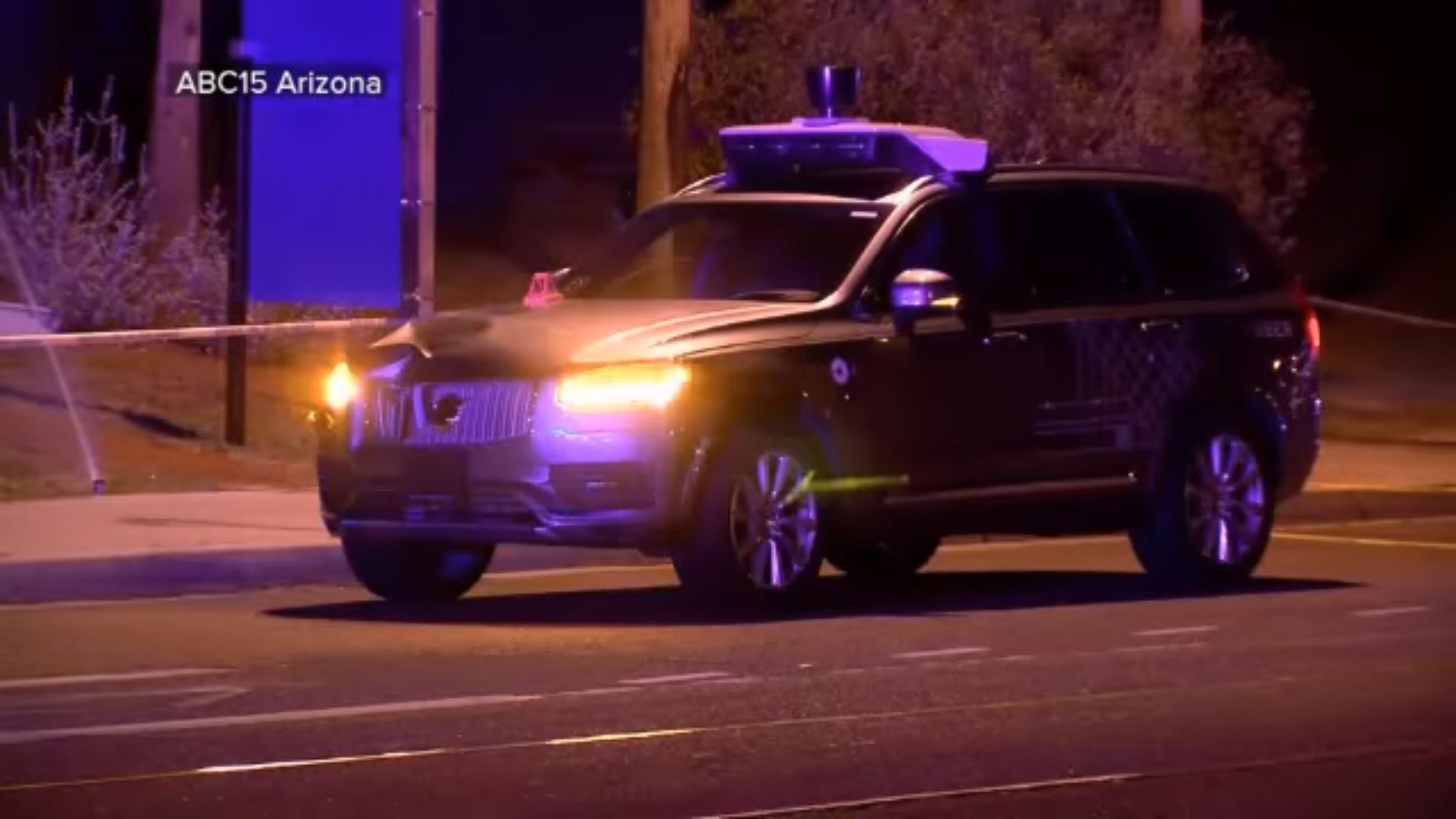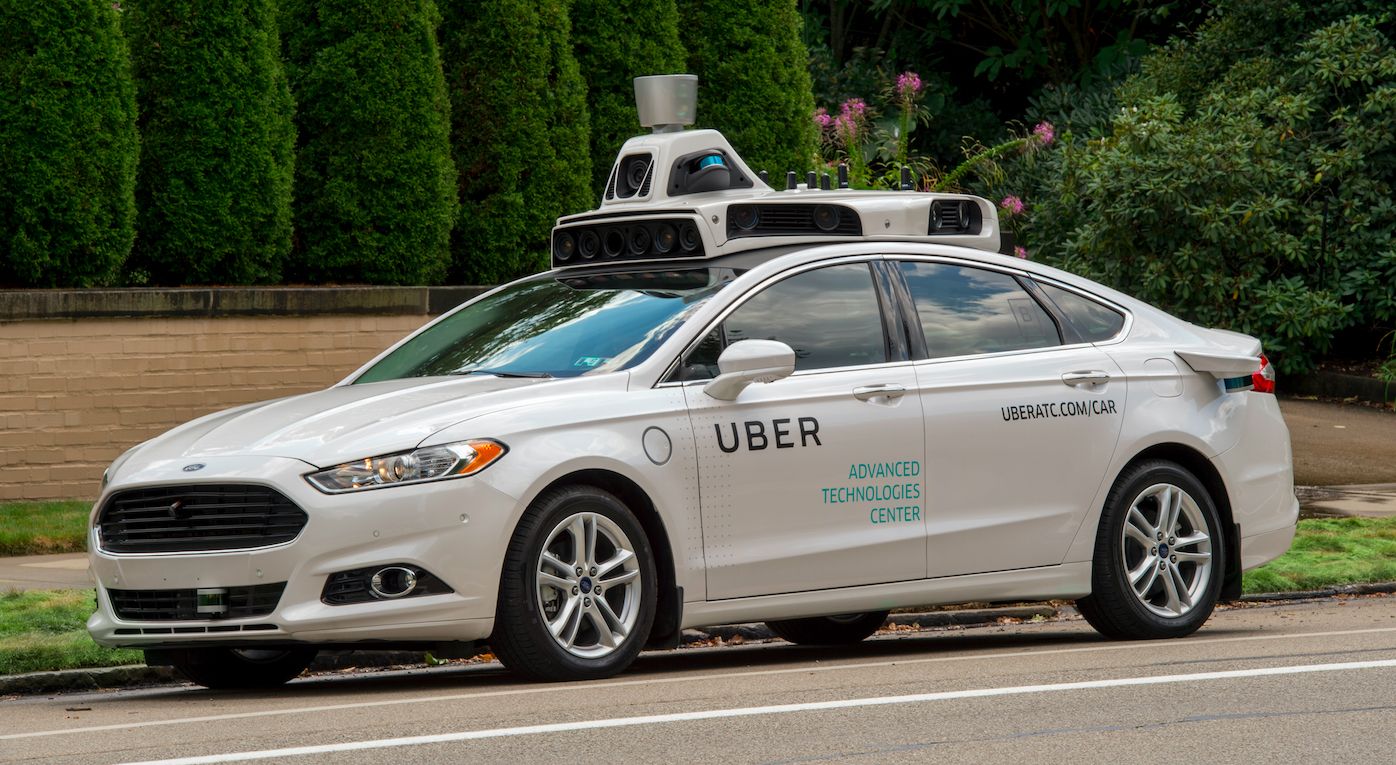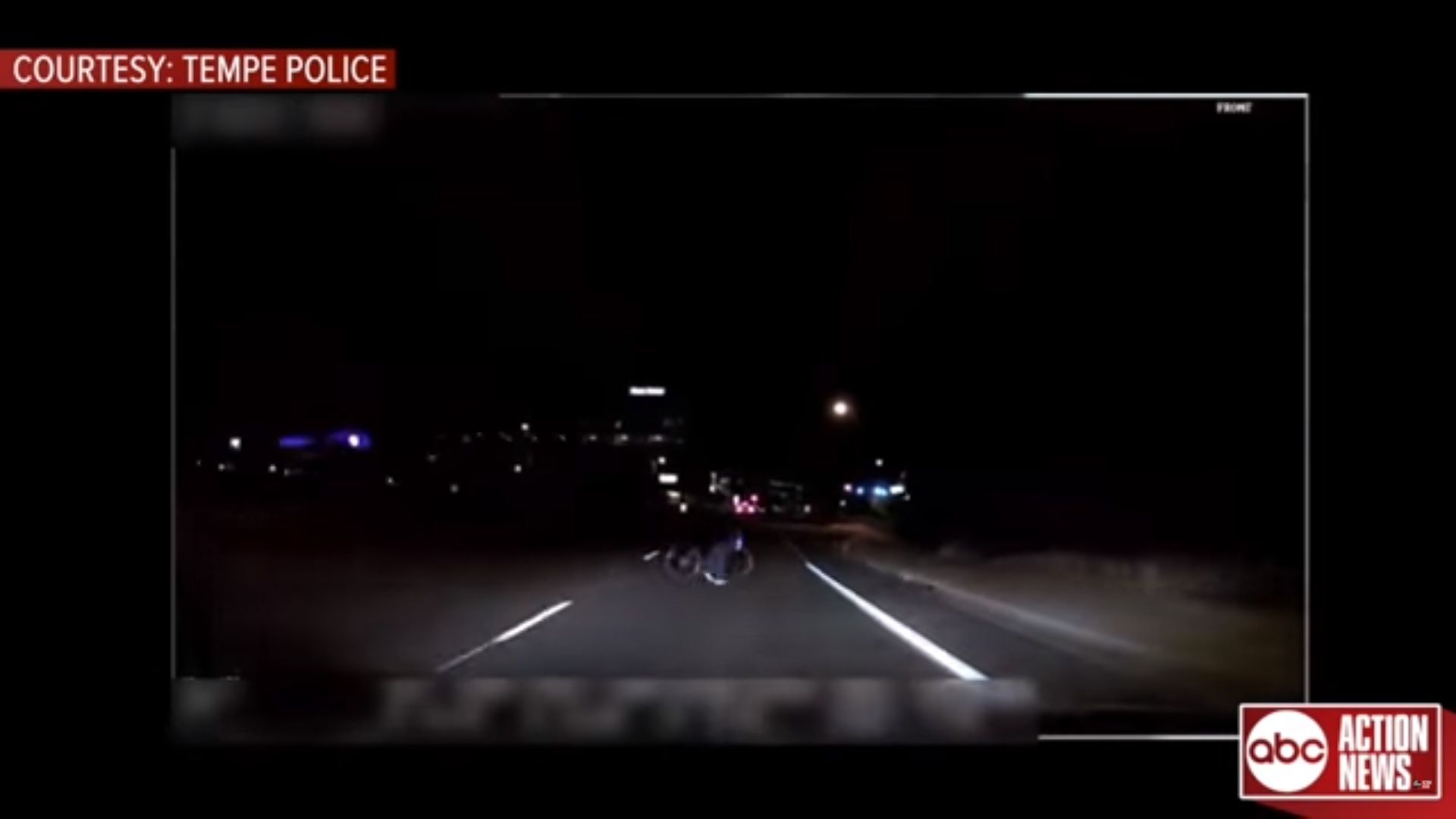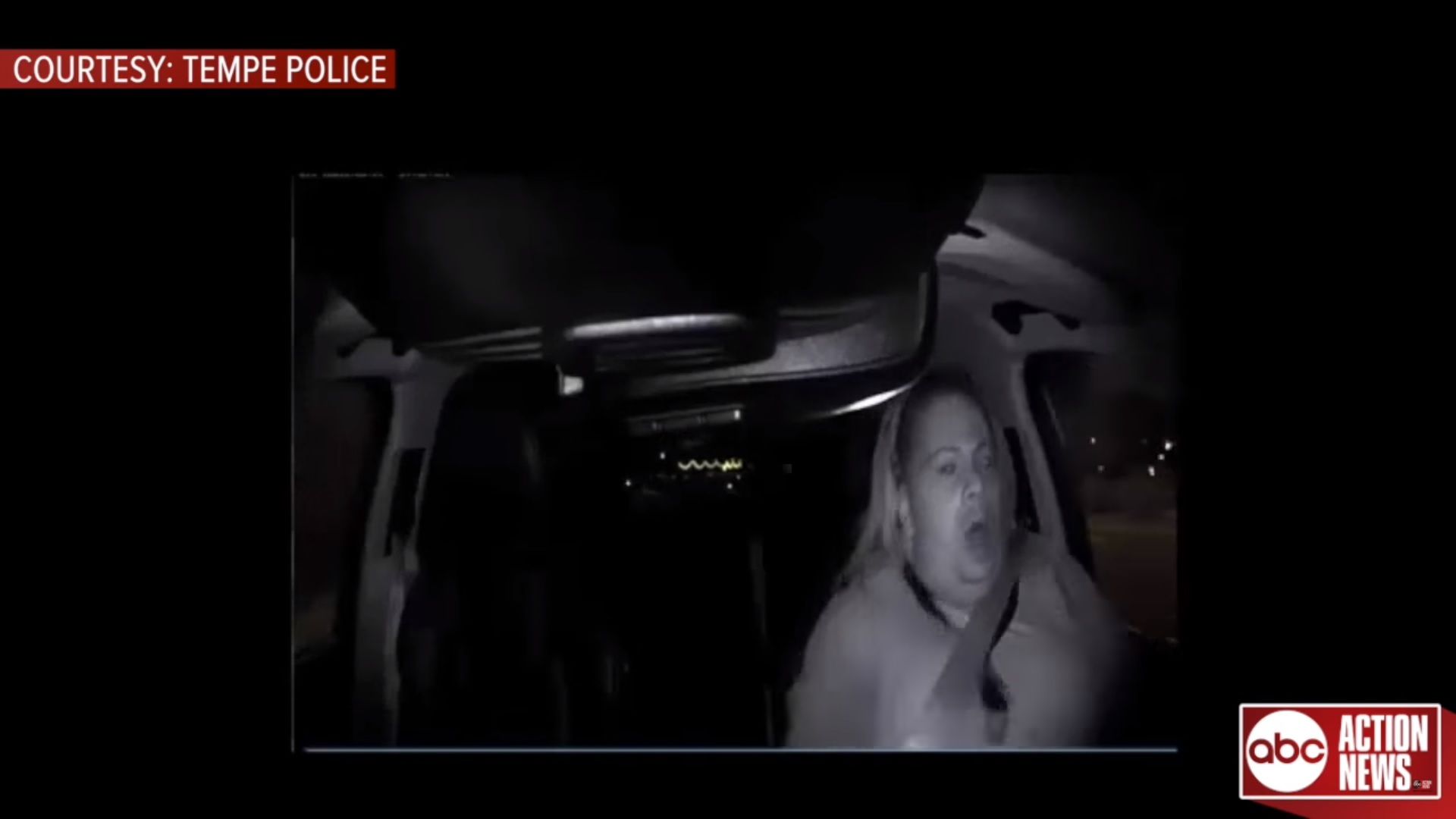Uber wants to resume testing of its autonomous vehicle systems eight months after a Volvo SUV, part of the Uber test program struck and killed a pedestrian in Arizona. Now, Uber wants to kick off testing in Pittsburgh, Pennsylvania and hopes to regain public trust.
Back in March, a Volvo XC90 SUV equipped with Uber's self-driving systems hit a pedestrian who was crossing a street at night in Tempe, Arizona. Although the person was hit away from a crosswalk, Arizona officials quickly suspended Uber's permits that allowed it to test the new technology on public roads in the aftermath of the incident.
Now, Uber has released a detailed safety report to showcase the lengths it will go to to ensure that future testing of the autonomous technology will be carried out safely. The company stated that it carefully analyzed what went wrong and that it has improved the onboard systems and now wants to resume testing in Pennsylvania.
Officials might ultimately be OK with it, but how will the people react?
Uber filed an application with the Pennsylvania Department of Transportation in the hope that it will be able to resume live public road testing of its autonomous vehicle technology. While the Pennsylvania DOT said back in July that they would be "asking companies to submit details about testing," according to Onboard footage of the crash in March. Read more about the accident here.,->https://www.reuters.com/article/us-uber-selfdriving/uber-seeks-ok-to-resume-self-driving-tests-in-pennsylvania-idUSKCN1N71XJ this hasn't happened. Forbes reported that the DOT site states that "there are no current laws, regulations, or policies in effect that require HAV Testers to report HAV testing activities to PennDOT," but Uber filed an application either way.
"Our goal is to really work to regain that trust and to work to help move the entire industry forward," Noah Zych, Uber’s head of system safety for self-driving cars, said in an interview quoted by the Warning: this video contains graphic content of the March crash.. "We think the right thing to do is to be open and transparent about the things that we are doing."
|
AP |
Uber, whose Advanced Technologies Center is located in Pittsburgh, now waits for the confirmation letter as the company said they wouldn't resume testing until they get it. This is likely to happen sooner rather than later since local authorities are for it. "I think we have increased confidence," said Karina Ricks, director of the city’s Department of Mobility and Infrastructure, citing Uber's decision to have two people in each of its autonomous test cars from now on and more transparency from the company, quoted by Forbes. She also added that "One of the problems with Uber was they appeared to be moving just a bit too fast, and that "they got a little cocky about their technology."
Among the improvements, Forbes has quoted the following:
- "Make safety part of the hiring and selection process"
- "Create an anonymous reporting system for safety concerns"
- "Audit"
- "Reduce latency in the autonomous driving system"
- "Improve object detection and classification"
- "Propagate uncertainty throughout the software system"
- "Build a consistent set of safety performance metrics"
- "Activate the independent automatic emergency braking (AEB) system at all times"
- "Establish a standalone testing team"
- "Separate the operational safety team from the operational development team"
- "Upgrade the vehicle operator role to a "mission specialist" role"
- "Equip vehicles with third-party driver monitoring"
- "Limit mission specialists to four hours per day in the driver seat"
- "Recruit a Safety and Responsibility Advisory Board"
What's more, Uber said in the report that "We are now able to detect objects and actors sooner and execute safe reactions faster”. Also, the automated braking systems that were turned off on the Volvo that was involved in the accident will now be permanently turned on.
|
Onboard footage of the crash in March. |
Quoted by the Warning: this video contains graphic content of the March crash., Bryant Walker Smith, an assistant law professor at the University of South Carolina, said he wasn't impressed by Uber's reports and reviews. "Frankly, I’m looking for more from Uber than from other companies, and I suspect that governments may be as well,” Walker Smith said. He also argued that Uber did not take full responsibility for the accident, although they should have since it was the first that involved a car that was driving itself.
Back then, "Police said Uber’s backup driver in the autonomous Volvo SUV was streaming the television show “The Voice” on her phone and looking downward before the crash". To top things off, "the National Transportation Safety Board said the autonomous driving system on the Volvo spotted about six seconds before hitting her, but did not stop because the system used to automatically apply brakes in potentially dangerous situations had been disabled. A Volvo emergency braking system also had been turned off."
|
Read more Uber news. |
If all goes well, Uber's autonomous Volvos should be back on the roads of Pennsylvania soon, although at "lower rates of speed give more time for the vehicle and the safety driver to react and prevent a crash,” said Ricks, quoted by the AP when detailing the talks between the DOT and the companies that seek permits to test on public roads in the state. In the future, Uber wishes to return to Arizona as well as California and Toronto, Ontario where it had tested in the past three years.
Read more technology news.0
Read more autonomous cars news.
Read our full review of the 2018 Volvo XC90.
Read more autonomous cars news.
Read our full review of the 2018 Volvo XC90.




